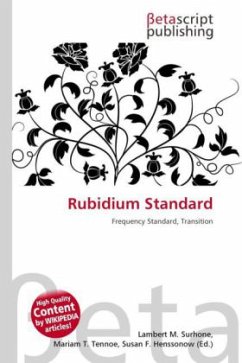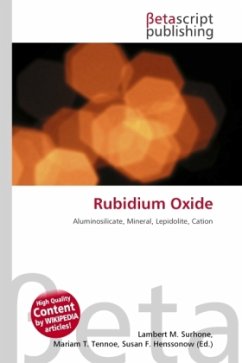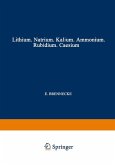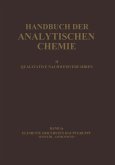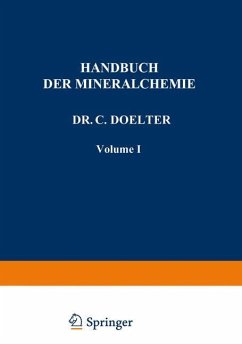Please note that the content of this book primarily consists of articles available from Wikipedia or other free sources online. A rubidium standard is a frequency standard in which a specified hyperfine transition of electrons in rubidium-87 atoms is used to control the output frequency. A rubidium standard consists of a gas cell, which has an inherent long-term instability. This instability relegates the rubidium standard to its status as a secondary standard. All commercial rubidium frequency standards operate by disciplining a crystal oscillator to the rubidium hyperfine transition of 6 834 682 610.904 324 Hz. The amount of light from a rubidium discharge lamp that reaches a photodetector through a resonance cell will drop by about 0.1% when the rubidium vapor in the resonance cell is exposed to microwave power near the transition frequency. The crystal oscillator is stabilized to the rubidium transition by detecting the light dip while sweeping an RF synthesizer (referenced to the crystal) through the transition frequency.
Bitte wählen Sie Ihr Anliegen aus.
Rechnungen
Retourenschein anfordern
Bestellstatus
Storno

